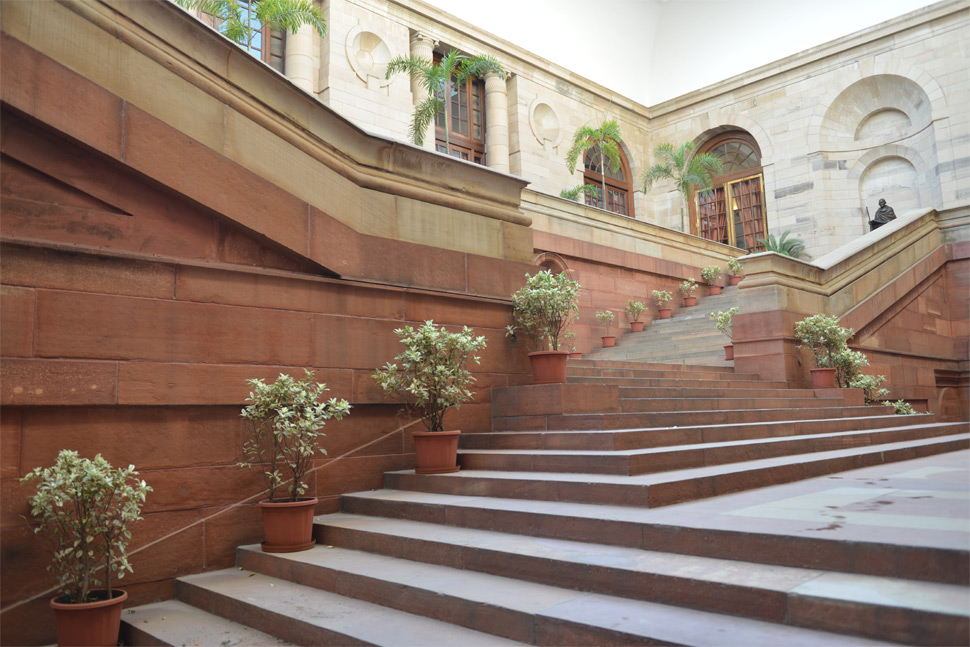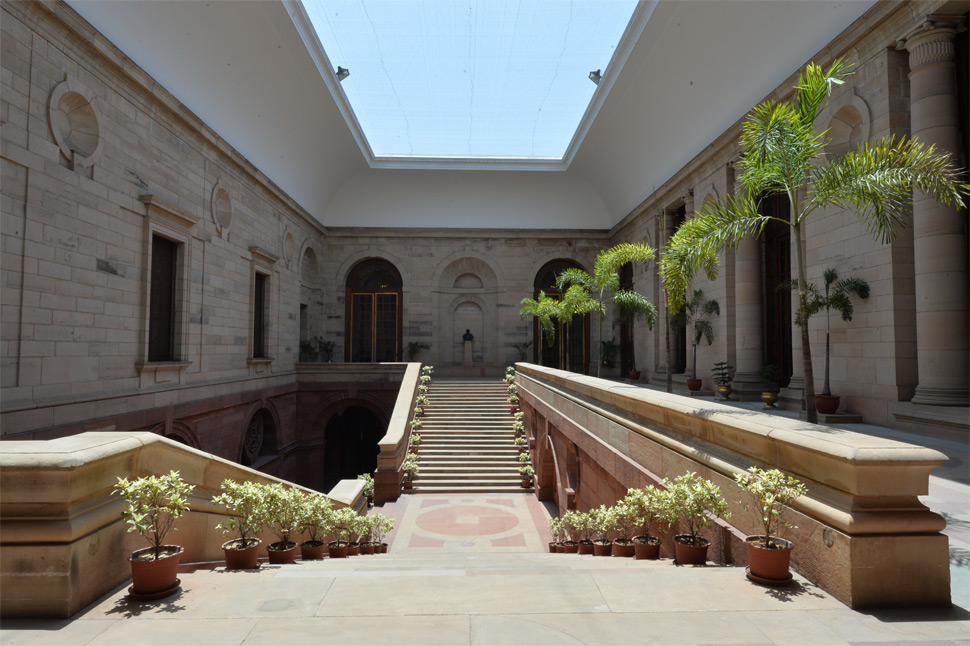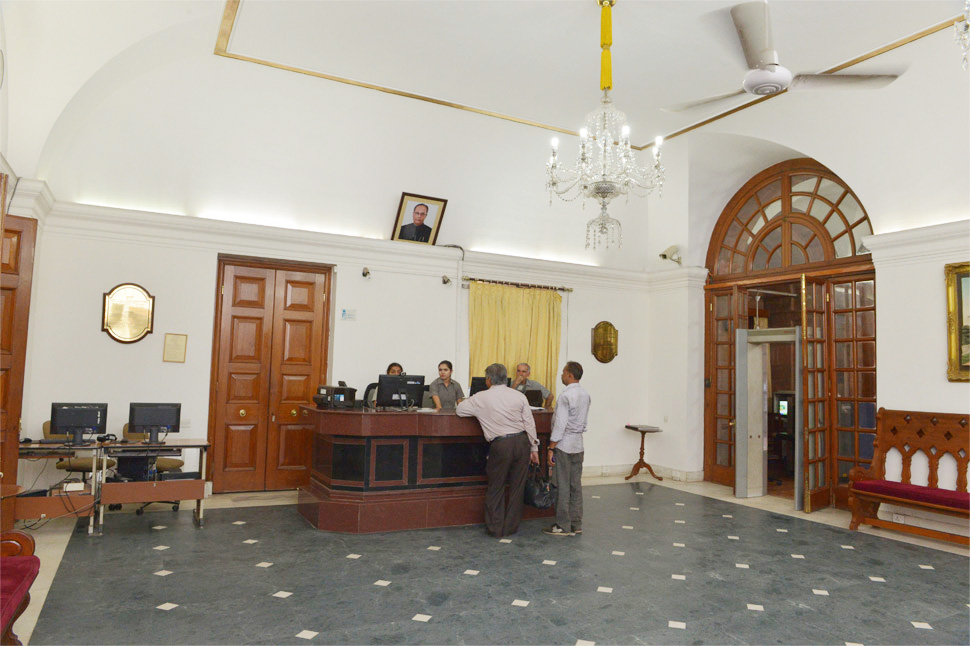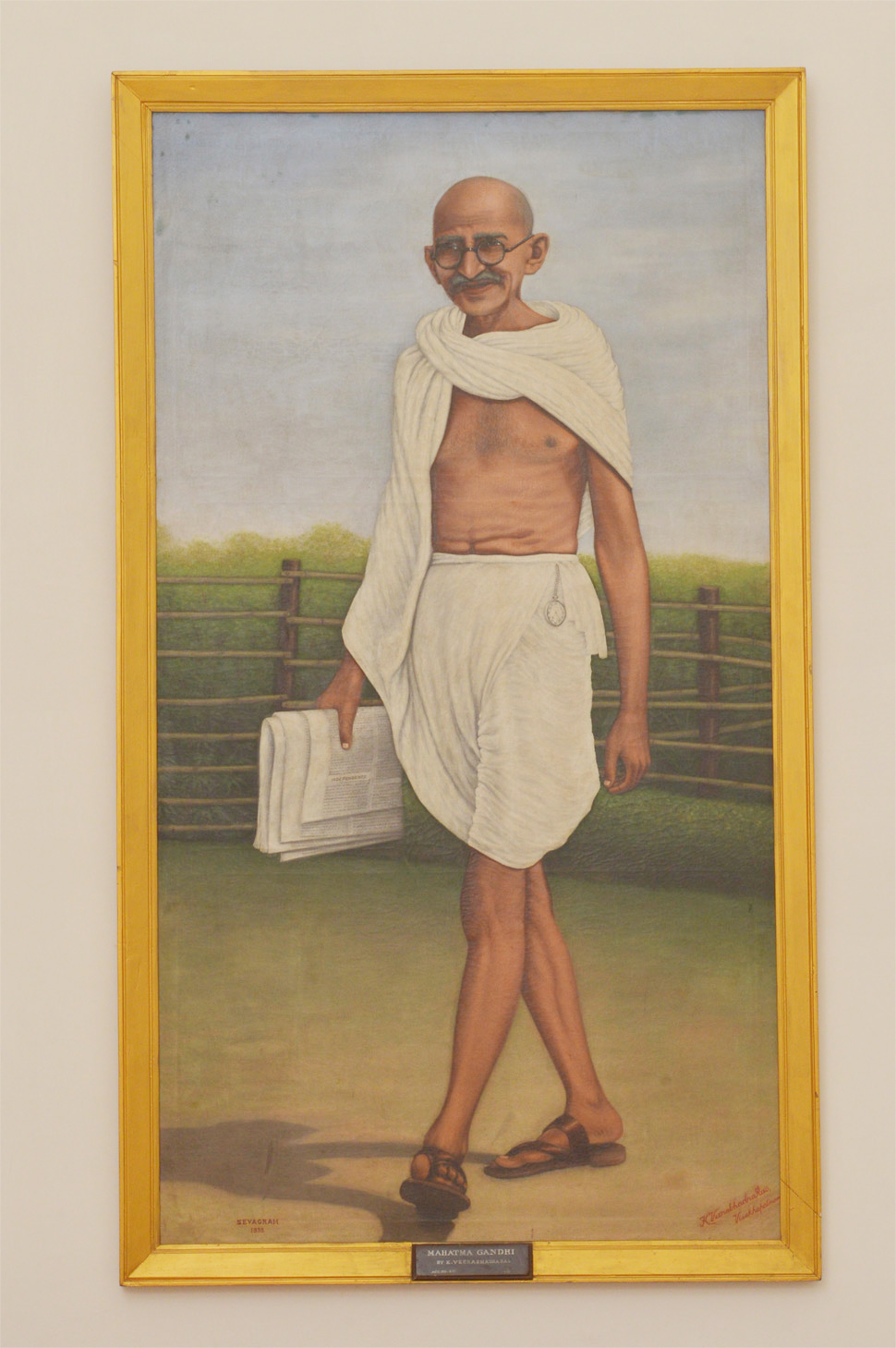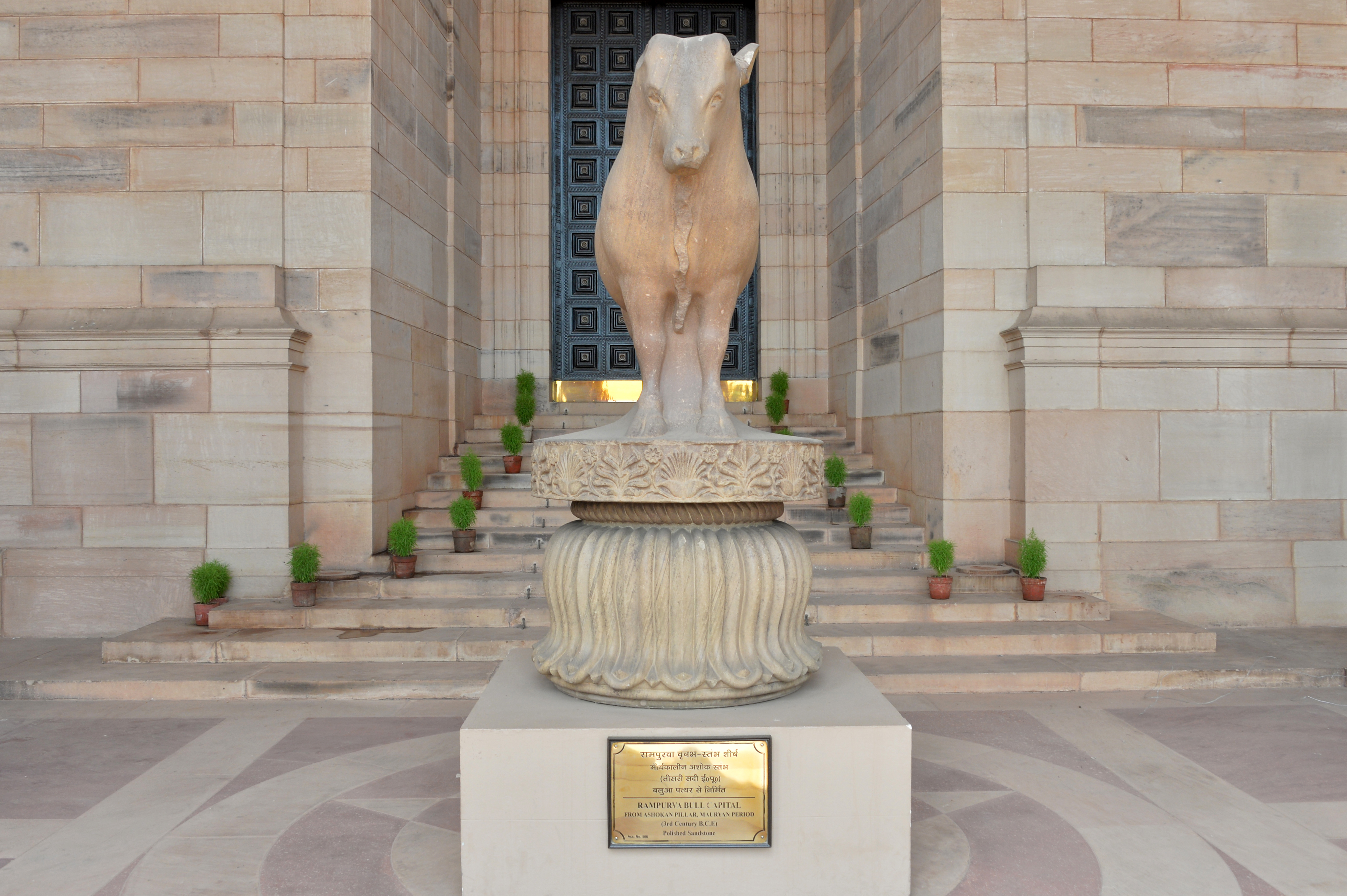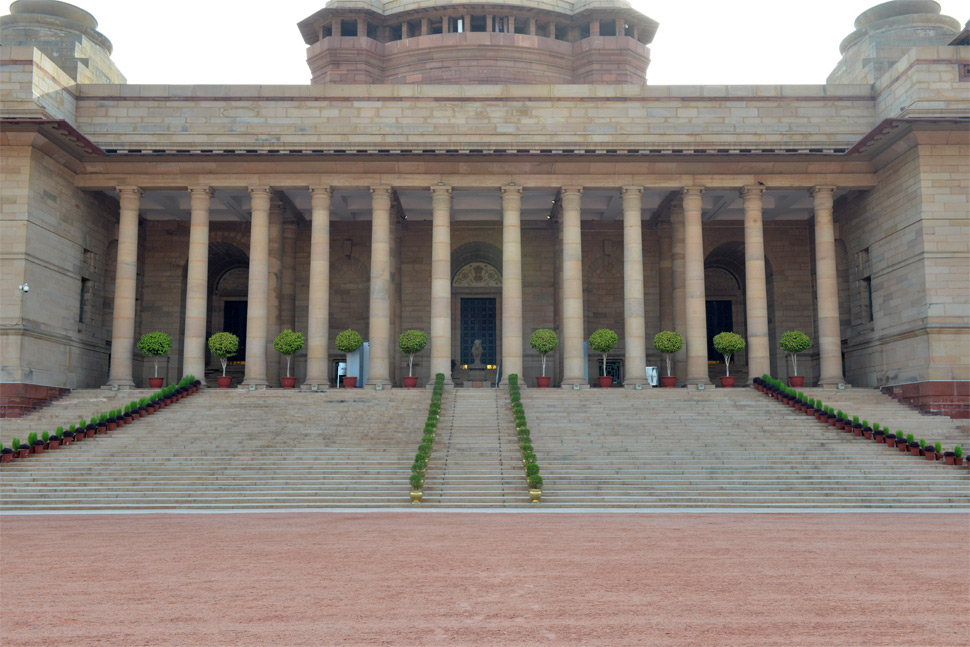Tungabhadra (Long Drawing Room)
Long Drawing Room (LDR), as the name suggests, is a long conference room of the Rashtrapati Bhavan where the President used to host the annual conferences of Governors/Lieutenant-Governors. This room is also used by the Hon’ble President to attend meetings with select groups and organizations. Situated near the Ganatantra Mandap, the Long Drawing Room has two doors that open to the corridors of North Drawing Room and the South Drawing Room on either end.



